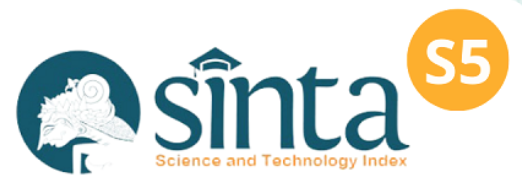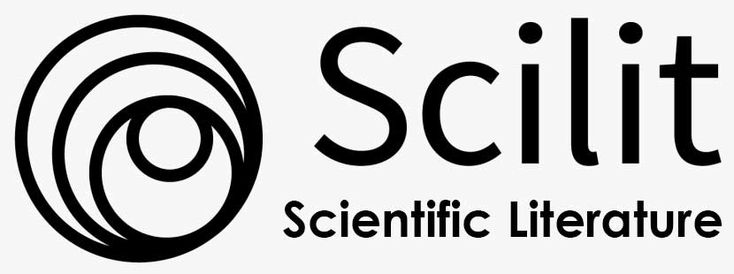Disparitas Putusan Hakim Dalam Kasus Korupsi Oleh Pejabat Publik
DOI:
https://doi.org/10.35960/inconcreto.v2i2.1173Keywords:
corruption, disparity, punishmentAbstract
The disparity in sentencing in cases of criminal acts of corruption by public officials is caused by differences in sentences in equally serious cases, namely corruption committed by public officials. The existence of high inequality in sentencing can affect people's judgments as a form of injustice. The aim of this research is to examine how positive law regulates disparities in sentencing in judges' decisions and how public officials who commit corruption crimes are punished. This research is included in the category of normative legal research, where the data used consists of secondary sources such as legal texts including laws and regulations, court decisions, and legal journals. The research was carried out through the use of statutory methods combined with a theoretical framework and secondary data, namely legal materials. The research findings show that arrangements relating to the criminal prosecution of public officials who practice corruption can be found in Article 13 paragraph (1) of Perma Number 1 of 2020 which relates to the Guidelines for Punishment Articles 2 and 3 of the Corruption Eradication Law. However, the regulation of disparities in the Supreme Court Regulations has not been a solution in reducing disparities. It requires absolute alignment of sentencing goals so that the crimes committed with the crimes obtained can reflect the values of justice. So that disparities can be used only to burden criminal prosecution in corruption cases by public officials.



.png)










.png)







